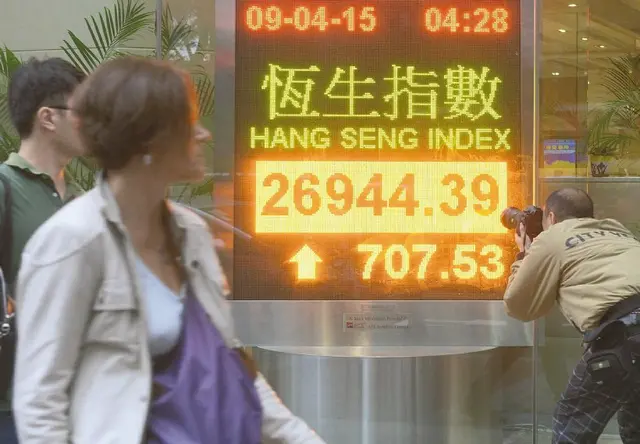(CHINA DAILY) Changes in Australia's foreign investment regime have drawn concerns in both China and Australia.
Australia's parliament passed new rules on foreign investment on Nov 24, which lowered the benchmark for Chinese investment into agriculture from 252 million Australian dollars ($184 million) to 15 million Australian dollars.
In other words, all Australia-bound Chinese investments in the agricultural sector which exceed 15 million Australian dollars are now subject to review and approval from Australia's Foreign Investment Review Board.
In stark contrast, the threshold for the United States (Australia's largest direct foreign investor), New Zealand and Chile will remain one billion Australian dollars, while Singapore and Thailand's threshold remains 50 million Australian dollars.
It is clear China is to be most closely scrutinized among Australia's foreign trade partners.
Such an arrangement is unfair to Chinese investors who deserve a level playing field to compete as equals with Australia's foreign trade partners. From no won, any talk that Australia welcomes Chinese investment will sound hypocritical.
Whether for its own economic interests or the smooth implementation of the free trade agreement it has signed with Beijing, Canberra should have done more to facilitate Chinese investment rather than setting obstacles in its way.
It will be interesting to see what those who have been preaching free trade and criticizing China for its domestic competition environment have to say about Australia's retrogression in the spirit of free trade.
Since the birth of the new regulation, some Australian politicians and experts have tried to clarify that the new rules do not target China. But it seems they cannot even convince their own countrymen.
In an article published on the website of Australian newspaper The Financial Review, James Laurenceso, deputy director of Australia-China Relations Institute at the University of Technology Sydney, said Chinese investment has already been scrutinized far more closely than investment from any other country.
If some in Australia still insist their new investment rules conform to international practice, the following information provided by Laurenceso in his article could shut them up: The Organization for Economic Cooperation and Development says the openness of Australia's regulatory regime for foreign investment ranks 29th out of 34 member countries.
The Australian expert ascribes the new policy to xenophobia which seems pretty much the case as recently we have heard sinophobe Australians lashing out at Chinese for pushing up real estate prices in big Australian cities or buying up Australia's infant formula.
In a recent survey on global economies' reliance on China conducted by Forbes, Australia sits on top of the list. The country owes much of its economic growth to China's huge demand for Australia resources in recent years.
In the past 43 years, bilateral trade has expanded 1,500-fold. For every three Australian dollars earned from exports, one dollar comes from China. The only reasonable choice for both sides is to continue to paint such a rosy picture.
The signing of China-Australia Free Trade Agreement in June promises to bring multiple benefits to bilateral trade as well as the two economies. With China opting for consumption-driven growth, the bilateral FTA agreement offers huge opportunities for Chinese companies to invest in Australia, and the agriculture sector ought to be a new growth point for bilateral trade.
Australia is seeking to transition from mining-led growth, but without foreign investment in agriculture and infrastructure this will prove more difficult.
Against such a backdrop, Australia's new regulatory regime is tantamount to putting an abrupt brake on the free trade agreement, which will not serve the interests of either side.
Those who harbor biased views towards Chinese investment in Australia should be told that they are undercutting both countries' efforts to deepen reciprocal cooperation. Canberra should not allow domestic xenophobic political forces to take trade ties hostage and concentrate on the big picture with its largest trading partner.
 简体中文
简体中文

